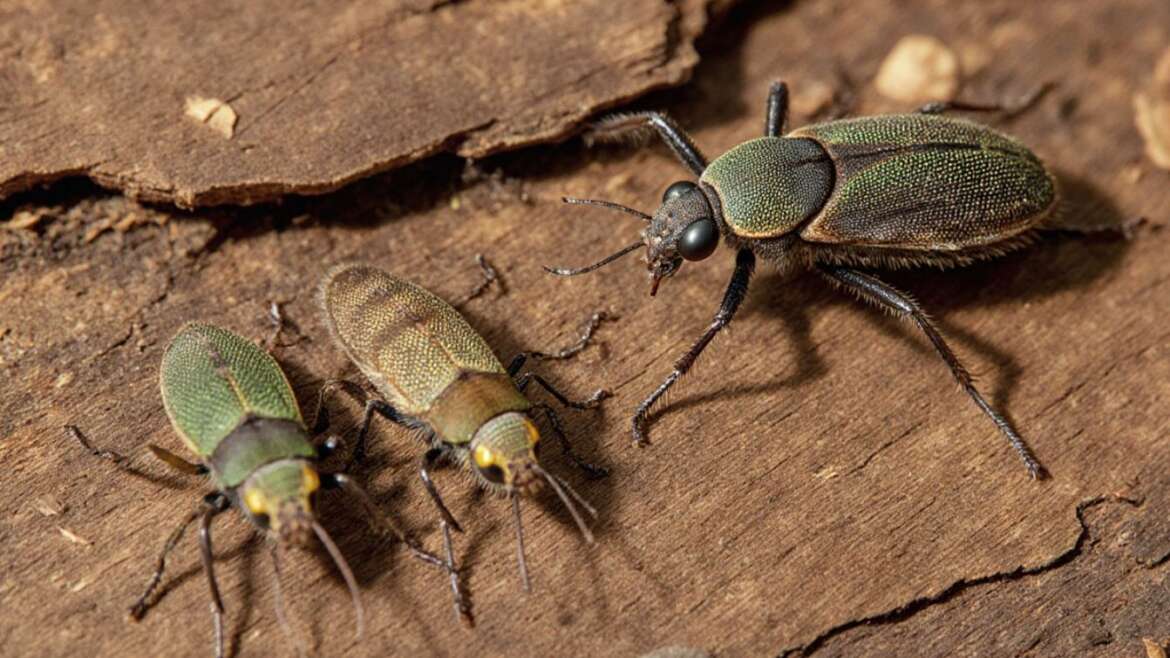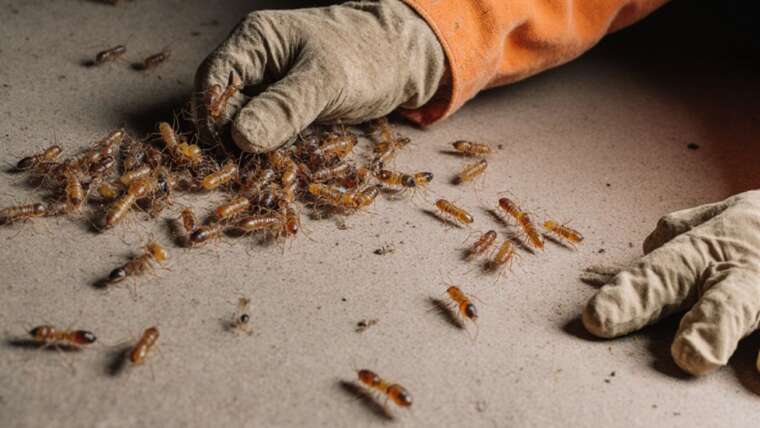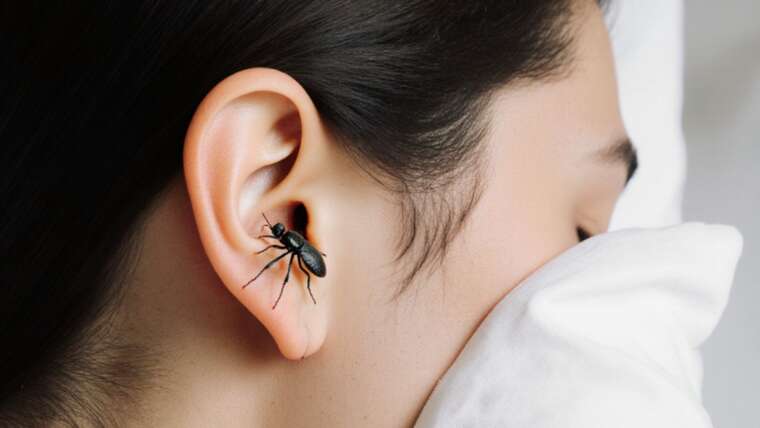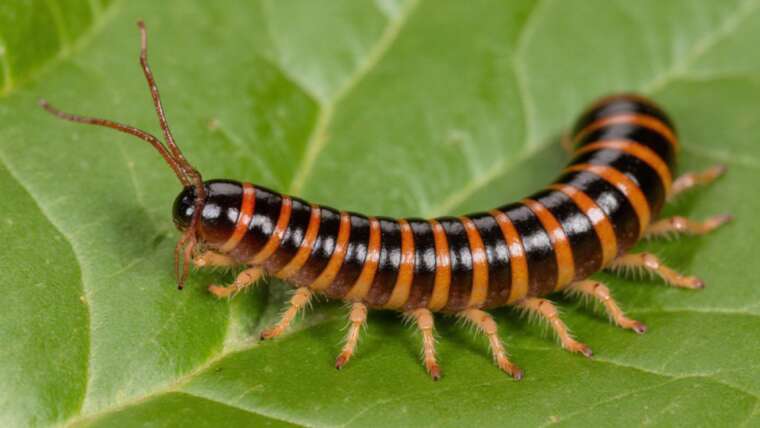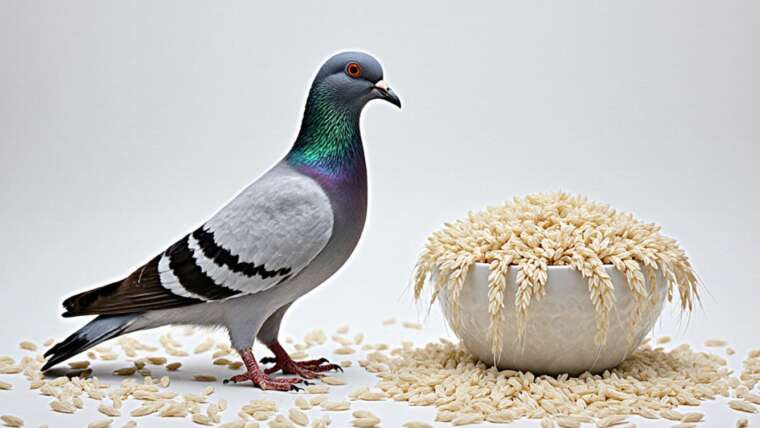The insect world is a diverse ecosystem, with many creatures that forge intimate relationships with wood. While some insects feed on wood, others use it as their home or harvest it for unique purposes. However, this necessity can create a significant problem for property owners, as wood-boring insects can cause extensive damage to buildings and furnishings. In this in-depth guide, we will explore several types of wood-boring insects, how they may affect your property, and effective control methods.
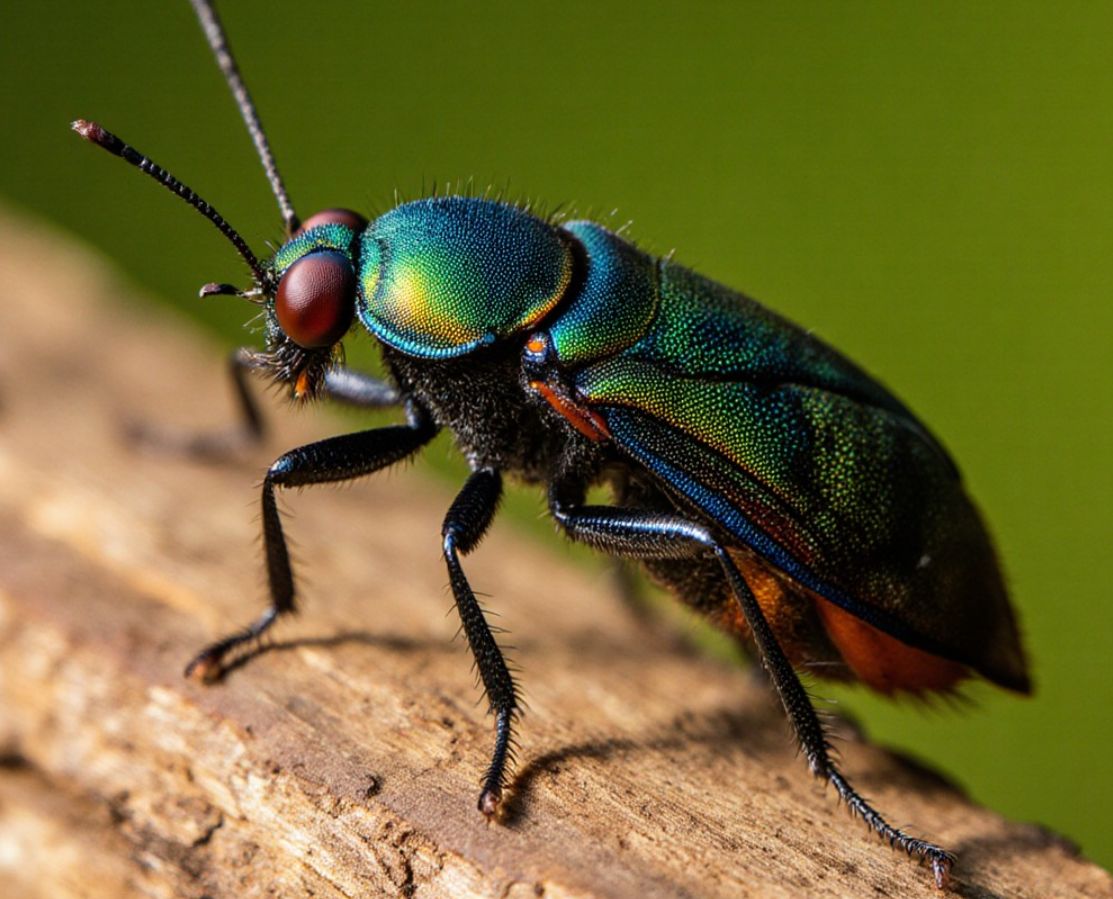
Powderpost Beetles
When most people think of wood-boring insects, powderpost beetles immediately come to mind. These pests are notorious for infesting wooden structures, producing distinctive signs of their presence. Look for small exit holes—ranging from one-sixteenth to one-eighth of an inch in diameter—and a fine, powdery dust that resembles sawdust. This dust is a byproduct of the larvae as they consume the wood, and the holes serve as exit points for adult beetles.
Types and Infestation Patterns
Different species of powderpost beetles infest various types of wood. For instance, lyctid powderpost beetles exclusively target hardwoods, while anobiids prefer softwoods, commonly infesting lumber found in crawlspaces.
Lyctid powderpost beetles tend to enter wood during storage or curing, favoring the sapwood of oak and other hardwoods. Development from egg to adult can take up to ten years, at which point the wood may be significantly compromised—making old furniture and antiques prime candidates for infestation.
Control Measures and Unique Tip
Kiln-drying lumber effectively eliminates both larvae and adult beetles. Sealing wood through sanding and varnishing can also deter beetles from laying eggs in crevices. Additionally, it is advisable not to store valuable items in outbuildings like barns and sheds, as these areas are particularly conducive to infestations.
Unique Tip: Consider using wood preservatives that contain borates for additional protection against powderpost beetles. These chemicals not only deter beetles but can also prevent fungal decay, extending the life of your wooden structures.
Longhorned Beetles
Longhorned beetles are primarily attracted to dying or freshly cut trees and can range from 0.25 to 3 inches in length. They lay their eggs on tree bark; once the larvae hatch, they bore into the wood where they spend 1 to 3 years feeding and developing.
Infestation Risks
While most longhorned beetles don’t pose a direct threat to human structures, one species known as the old house borer targets wood in residential settings. One effective preventive measure is to only bring firewood indoors when you’re ready to use it, reducing the risk of inviting these pests into your home.
Control Measures and Unique Tip
Using a wood preservative, especially on newly cut wood, can deter longhorned beetles.
Unique Tip: If you’re purchasing firewood, please inspect it carefully for signs of beetle activity. Avoid logs that have visible exit holes or powder, as they might already be infested.
Carpenter Ants
Named for their tendency to excavate wood, carpenter ants range from 0.25 to 0.75 inches and are usually red, brown, or black. These ants nest in cavities in trees or inside wooden structures, often targeting wood that is wet, damaged, or has been previously affected by mold.
Nesting Habits
Unlike termites, carpenter ants do not consume the wood for nutrition; instead, they hollow it out to create nesting spaces. Once they establish a presence, they may damage even undamaged wood over time.
Control Measures and Unique Tip
To deter carpenter ants, eliminate any sources of moisture around your property, maintain landscaping by keeping tree branches away from your house, and caulk cracks and openings in your home.
Unique Tip: Using diatomaceous earth in areas where you suspect carpenter ants might enter can serve as an effective natural barrier. It disrupts the ants’ exoskeleton and dehydrates them, effectively reducing their population.
Carpenter Bees
During late spring and early summer, homeowners may observe carpenter bees, which resemble large, black bumblebees. The females bore into wood to lay eggs, while males often act defensively, although they lack stingers. The females can sting but typically only if threatened.
Nesting Preferences
Carpenter bees prefer bare, unpainted, or weathered softwoods like redwood, cedar, cypress, and pine, often nesting in eaves, window trim, and siding. Their nesting can cause significant structural damage over time.
Control Measures and Unique Tip
The best way to prevent carpenter bees from nesting is by painting exposed wood surfaces, especially those previously infested.
Unique Tip: Install bee traps that are commercially available or make your own using empty soda bottles, filled with a mixture of sugar water to lure in and trap these pests.
Conclusion
By being diligent in your observation and employing preventive measures, you can effectively mitigate the risks posed by these wood-boring insects. Should you find yourself dealing with an infestation beyond your control, consider reaching out to a professional pest control service like Terminix® for expert assistance.
Special Note: Regularly inspect wooden structures in your home, especially in hidden areas. Early detection is key to preventing a major infestation and costly damage.
By understanding and acting against these potential threats, you’ll not only protect your property but also enhance your overall living experience.

